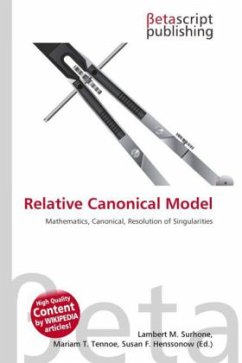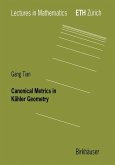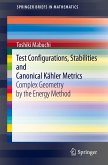High Quality Content by WIKIPEDIA articles! In mathematics, the pluricanonical ring of an algebraic variety V (which is non-singular), or of a complex manifold, is the graded ring R(V,K) = R(V,KV) of sections of powers of the canonical bundle K. The 0th graded component R0 is sections of the trivial bundle, and is one dimensional as V is projective. The projective variety defined by this graded ring is called the canonical model of V, and the dimension of the canonical model, is called the Kodaira dimension of V. One can define an analogous ring for any line bundle L over V; the analogous dimension is called the Iitaka dimension. A line bundle is called big if the Iitaka dimension equals the dimension of the variety.
Bitte wählen Sie Ihr Anliegen aus.
Rechnungen
Retourenschein anfordern
Bestellstatus
Storno








